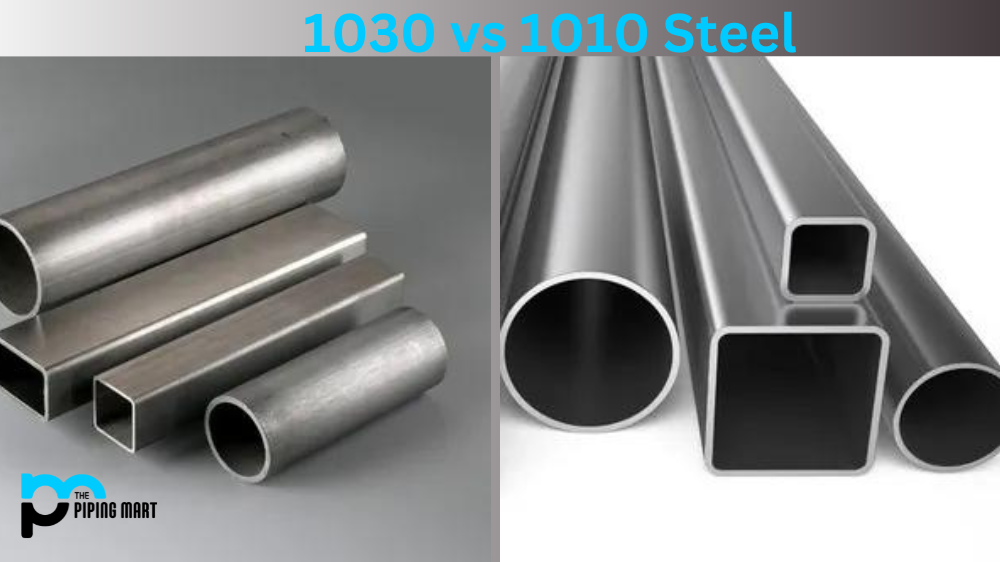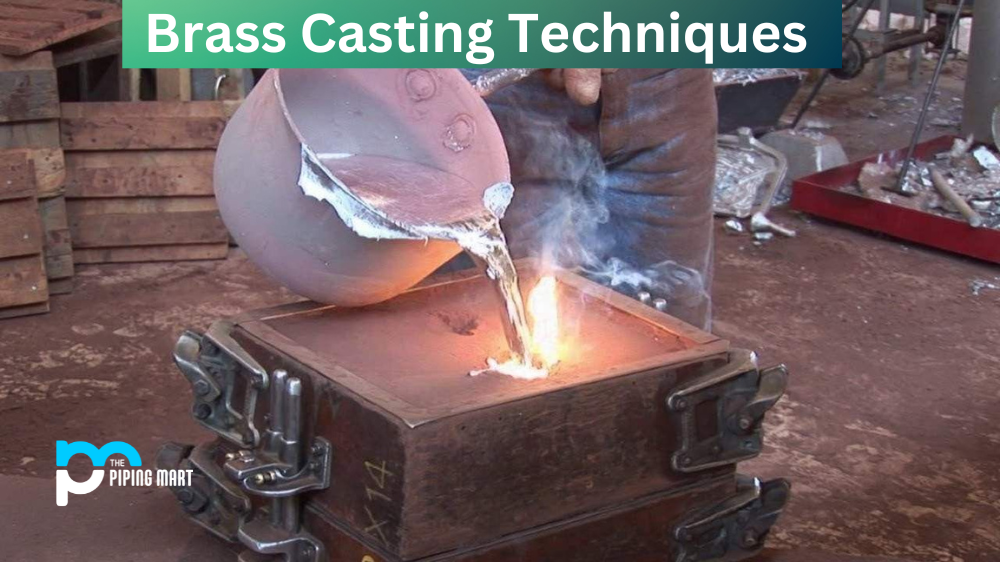When it comes to machining, there are a wide variety of metals that can be used. One of the most popular methods is billet steel and billet aluminium. What’s the difference between these two materials? What advantages do they provide? Let’s take a look at the differences between billet steel and billet aluminium.
What is Billet Steel?
Billet steel is a type of steel that has been forged into a shape that is typically square or rectangular. It is then heat treated to ensure that it is strong and durable. Billet steel is often used in the construction of knives, as well as other tools and weapons.
What is Billet Aluminium?
Billet aluminium is a type of aluminium that has been forged into a shape that is typically square or rectangular. It is then heat treated to ensure that it is strong and durable. Billet aluminium is often used in the construction of knives, as well as other tools and weapons.
Difference Between Billet Steel and Aluminium
Strength & Durability
When it comes to strength and durability, billet steel is by far the stronger material. It has very high tensile strength and is much more resistant to bending or flexing than aluminium. That makes it a great choice for components that will be taking a lot of wear and tear, such as engine blocks or wheels. On the other hand, billet aluminium does not offer as much in terms of strength but is still very durable. It can also be anodized to provide additional protection against corrosion or wear.
Weight & Cost
Another major difference between billet steel and aluminium is weight. Billet steel is much heavier than aluminium, which means it requires more energy to move it around during machining operations or when transporting finished parts from one location to another. This can add up over time if you’re dealing with large quantities of parts or components. In terms of cost, both materials are relatively similar when considering their respective strengths and weights. However, due to its greater weight, billet steel may require more energy than a machine, which could result in higher costs over time.
Appearance & Corrosion Resistance
Finally, let’s consider appearance and corrosion resistance. Aesthetically speaking, both materials can look great depending on how they are finished after machining operations have been completed. In terms of corrosion resistance, however, billet steel offers superior protection due to its greater tensile strength compared with aluminium alloys—making it ideal for outdoor applications where exposure to moisture or other elements may occur over time.
Advantages of Billet Steel
One of the main advantages of billet steel is that it is extremely strong and durable. Additionally, billet steel typically has a very low carbon content, which makes it resistant to rust and corrosion.
Advantages of Billet Aluminium
One of the main advantages of billet aluminium is that it is lighter than billet steel, making it easier to work with. Additionally, billet aluminium typically has a very high strength-to-weight ratio, making it ideal for applications where weight is a concern.
Disadvantages of Billet Steel
One of the main disadvantages of billet steel is that it can be difficult to work with due to its high hardness. Additionally, billet steel typically has a higher carbon content than billet aluminium, making it more susceptible to rust and corrosion.
Disadvantages of Billet Aluminium
One of the main disadvantages of billet aluminium is that it can be difficult to weld due to its low melting point. Additionally, billet aluminium typically has a lower strength-to-weight ratio than billet steel, making it less ideal for applications where weight is a concern.
Conclusion:
Billet steel and aluminium are two popular machining materials that offer different benefits for various applications. While both materials are strong enough for most use cases, billet steel offers greater tensile strength while being slightly heavier than its aluminium counterpart—making it ideal for demanding tasks where high levels of durability are needed, such as engine blocks or wheel components. Additionally, it provides better corrosion resistance compared with aluminium alloy for outdoor applications where exposure to moisture could occur over time. On the flip side, aluminium is lighter, which allows for easier transportation and handling during machining operations while providing adequate corrosion protection in most cases—making it ideal for indoor applications where weight isn’t an issue, but cost savings may be desired instead! Ultimately though, your choice will depend on what type of application you need your parts or components for, so make sure you consider all factors before making your decision!

A passionate metal industry expert and blogger. With over 5 years of experience in the field, Palak brings a wealth of knowledge and insight to her writing. Whether discussing the latest trends in the metal industry or sharing tips, she is dedicated to helping others succeed in the metal industry.




